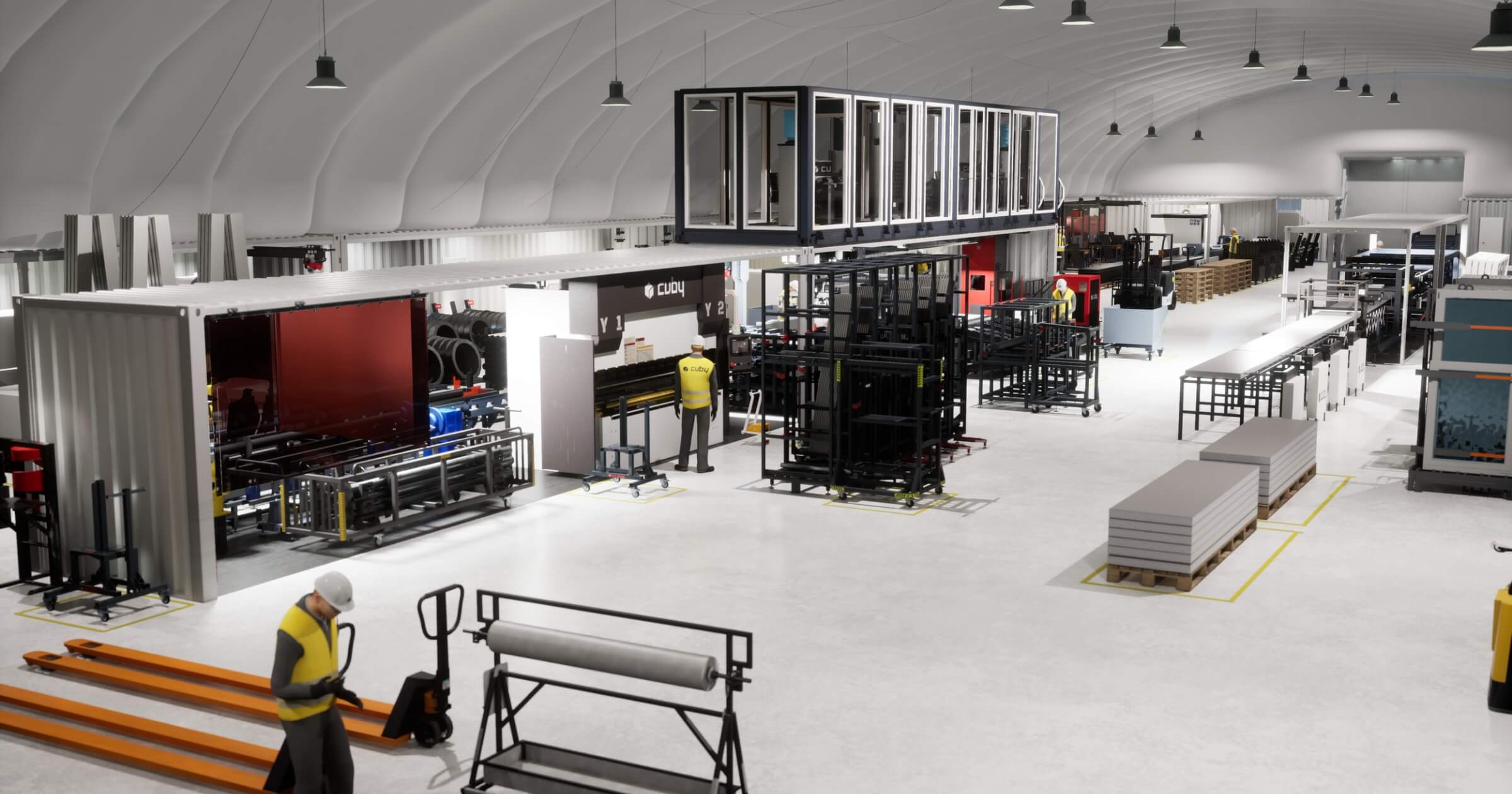Soon, you’ll find homes popping up faster than ever, with modular components built onsite by mobile micro‑factories and assembled under AI’s watchful eye. In New South Wales, Chandolin Construction and Cuby Technologies are piloting this vision. They’re turning the dream of rapid, customizable, and affordable housing into a reality for Aussies.
Mobile Micro-Factories (MMFs) are compact, containerized units that manufacture a wide range of products, including structural steel frames, insulated wall panels, service cores, cabinetry, and more. Packed into shipping containers through AI‑optimized layouts and QR‑coded for fast assembly, these components arrive ready for a build that’s far shorter than traditional construction timelines. This innovation can cut costs to as little as one‑third of conventional methods, thanks to reduced labor, minimized delays from weather or trade shortages, and improved workflows.
In Bathurst, New South Wales, Chandolin Construction is spearheading the rollout of AI‑powered modular housing, together with Cuby Technologies. Their MMF system brings precision manufacturing directly to the construction site, crafting prefabricated kits that are fast and high-performing. Launching from 2026, these “A.I. Homes” offer customizable layouts, façades, finishes, and even integrated smart systems for lighting and climate control, all while meeting building codes and energy optimization goals.
To see how the process of setting up a mobile micro-factory works, check out this video demonstration from Cuby Technologies:
The process “transforms housing from a labor-intensive construction process into a digitally controlled manufacturing system,” said Chandolin Construction director Sarah Dimitrievski.
“It drastically reduces the time, cost, and labor required to build high-quality homes, delivering units in 30 to 60 days at a cost that is often one third below traditional methods,” said Dimitrievski.
Over the next year, Chandolin aims to deliver 200 to 300 homes using this model, with plans to scale further into larger estate developments.
Turning homebuilding into a manufacturing-led approach eliminates bottlenecks, such as labor shortages, weather delays, and subcontractor coordination. As Australia’s housing affordability and supply challenges continue to mount, AI‑driven modular construction is becoming a transformative and necessary solution.
Housing Industry Association Chief Economist Tim Reardon sees AI as a significant opportunity for the construction sector. While he doesn’t expect it to replace skilled trades, he believes it could ease the mounting costs tied to regulatory compliance and planning approvals.
“There’s more white collar people involved in building a house these days trying to cope with red tape and regulatory requirements of building, which has made homes increasingly expensive – it is in that area that AI presents enormous opportunity,” he said.
By streamlining paperwork, approvals, and compliance processes, AI could help reduce delays and lower the burden of white-collar labor, ultimately making housing more affordable without displacing tradespeople.
AI‑powered modular construction is poised to rewrite the rulebook for homebuilding in Australia. With Chandolin Construction and Cuby Technologies leading the way in NSW, customized, energy-efficient homes can soon be built in a fraction of the time and at a fraction of the cost. As pilot projects scale into full developments, this innovation could be a key lever in easing the housing crisis and transforming how Australians build and live for the future.
Want more insights on how technology is reshaping construction? Subscribe to our newsletter and stay ahead of the curve.


